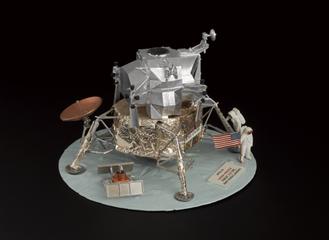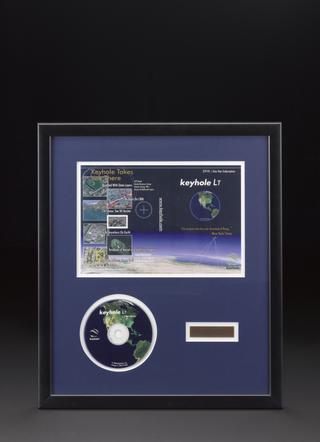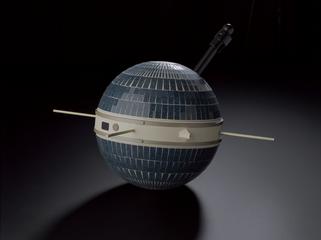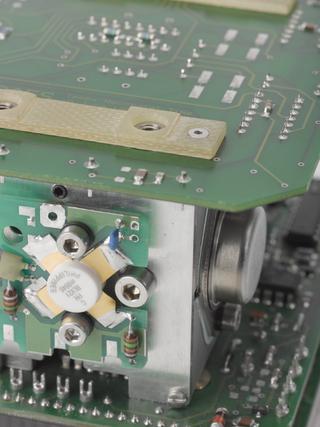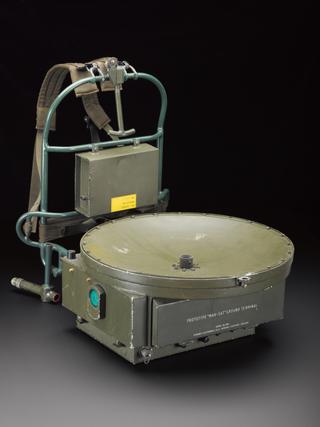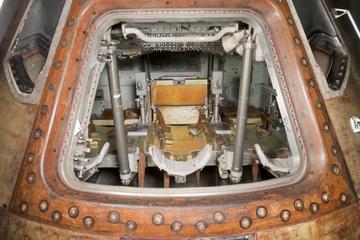




















First industry (Matra Marconi Space) model of the Beagle 2 Mars lander by Professor Colin Pillinger, designed by Colin Pillinger and made by Model Models, England,1998
Beagle 2 was a spacecraft designed to search for evidence of existing or past forms of extra-terrestrial life on Mars. It travelled on board the European Space Agency’s (ESA) Mars Express orbiter, which launched on 2 June 2003.
ESA’s orbiter could only handle a few extra kilograms of weight, so Beagle 2 was required to follow strict weight restrictions. The lander had a very compact design which could be unfolded to reveal its systems. This is not the final design iteration, but it represents how evolving mission restrictions can affect the development of a spacecraft.
The Mars landing was scheduled for Christmas Day 2003, however after it was due to land there was no communication from Beagle 2. After numerous attempts to contact the lander, Beagle 2 was declared lost in February 2004. The Beagle 2 team searched for the spacecraft for years afterwards, but when NASA launched their Mars Reconnaissance Orbiter in 2005 there was hope of finding out what happened to it. The Mars Reconnaissance Orbiter took many detailed images of the surface of Mars which were analysed by ESA and the Beagle 2 team. On 16 January 2015, it was announced that the spacecraft landed on Mars intact. The images suggest one of Beagle 2’s solar panels did not open, preventing the lander from communicating with Earth.
Details
- Category:
- Space Technology
- Object Number:
- 2017-4
- Materials:
- metal (unknown), paper (fibre product), plastic (unidentified) and wood (unidentified)
- type:
- model
- credit:
- Judith Pillinger
